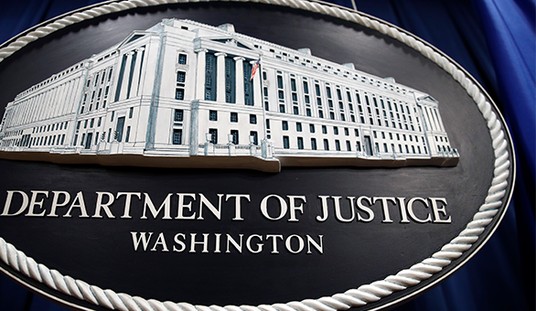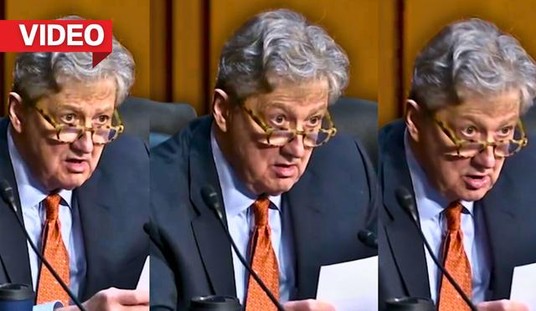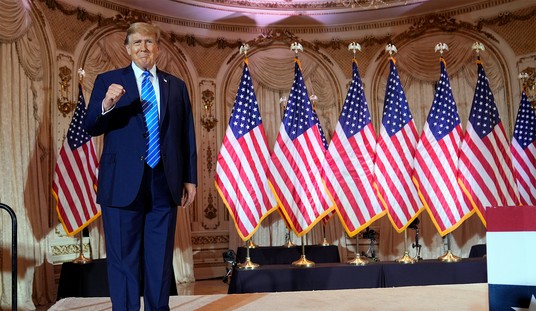The city of Kiruna, Sweden is on the move.
North of the arctic circle, Kiruna is home to the world’s largest iron ore mine -- which produces 90 percent of all the iron in Europe. Home to the world famous ice hotel, lit by the glowing Aurora Borealis, and now getting attention for expansion of the space tourism industry, the city now has a unique chance to reinvent itself.
The enormous state-owned mine has been the backbone of the city’s economy since its founding, more than 100 years ago. Over years of mining, earth below the city has deteriorated, threatening the integrity of building foundations. Instead of closing the mine and causing widespread unemployment, the community of 23,000 people decided to move the city two miles to the east to flee the mine’s deformation zone.
“10 years back they were given the choice -- move or not -- and 96 percent of the population agreed, ‘okay lets relocate,’” said Mikael Stenqvist of White Arkitekter -- the architecture firm in charge of planning the transition.
Local government has involved the whole community in the process of transition. White Arkitekter won a competition held by the authorities to design the new city center. Using input from citizens, the government unveiled a new plan for the city last March.
“We asked the people who normally wouldn’t be involved in these democratic processes,” said White Arkitekter CEO Monica von Schmalensee at House of Sweden. “We would go to the nightclub, to the school, on the street, to the shopping mall and talk to the people who normally never show up to be involved in this democratic process.”
Currently, the city center is near the mine, flanked by two suburban areas to the south and southeast. White Arkitekter’s plan is to build a new, sustainable city center that connects the three areas, creating a denser, more efficient community with greater access to the outdoors. One notable feature is the city’s new park -- a long, thin patch of green that stretches horizontally through the city, providing a place to play, exercise and socialize. The firm has worked closely with citizens to get input and feedback about their new city.
Recommended
“Today, we are in more detailed planning together with the community,” Stenqvist said at House of Sweden last week. “Just the other week we had a huge workshop about the new square -- how it should be designed, what you should find there and what it should be used for. That was together with the schools, athletic clubs, art life in Kiruna, a representative of the Kiruna Festival, politicians and people from the community’s technical sectors -- all of the different stakeholders.”
Kiruna’s unique situation provides opportunities for several experimental opportunities. In addition to planning housing that shelters streets from high winter winds, White Arkitekter has partnered with a nearby technical university to examine the possibility of 3D printing in house construction.
“What I’m thrilled about is the drive for innovation here,” Stenqvist said. “According to the ones who have developed the technique, it’s just a few years away to construct a full-scale test of [1-1 house printing], and maybe five or 10 years time, it will be possible to freely print housing up in Kiruna.”
Stenqvist said that 3D printing could cut construction costs and make a zero-impact on the environment by using the wood from the local forest industry.”
But the sustainable, eco-friendly utopia comes with a large price tag. The relocation project is largely subsidized by the government-owned mining company, and negotiations are ongoing between property owners and the company. In addition to the land bid, residents will receive a moving bonus and a bonus for staying within Kiruna limits.
“The mining company is paying for pretty much everything,” Stenqvist said. “The municipality promised the taxpayers that they won’t pay a cent on the tax. We are getting closer to full financial payment for the relocation of the property.”
“One thing that is very different from the states is in Sweden the land is owned by the communities -- there is not privately owned land,” said von Schmalensee.
The city has already begun preparations for construction of the new city hall, and some buildings have already been torn down. Most of the new city center will be completed by 2018.
“It’s not us and them -- it’s us all together,” von Schmalensee said.

























Join the conversation as a VIP Member